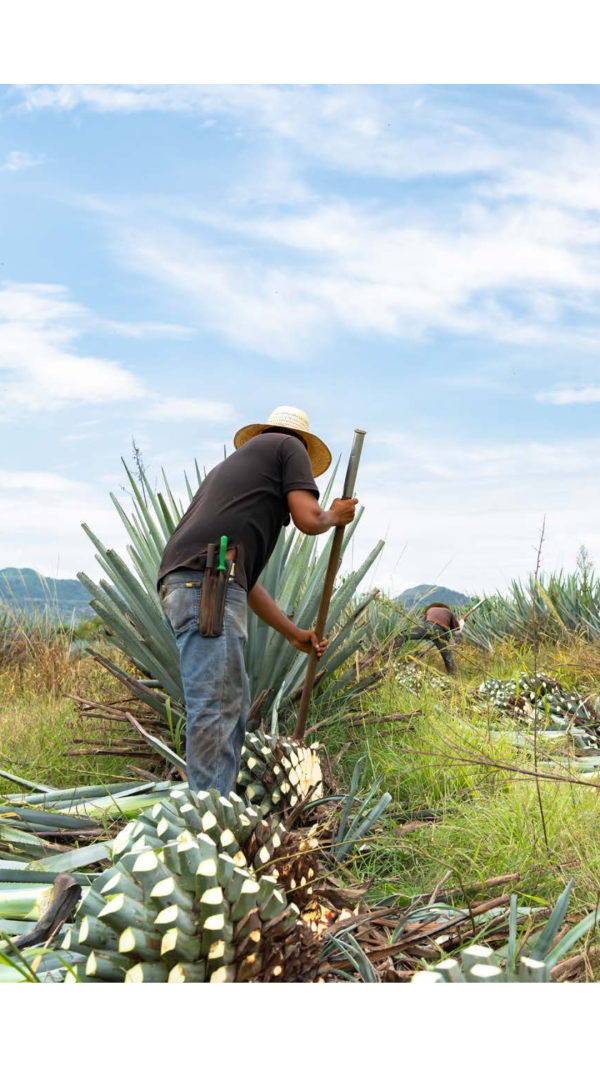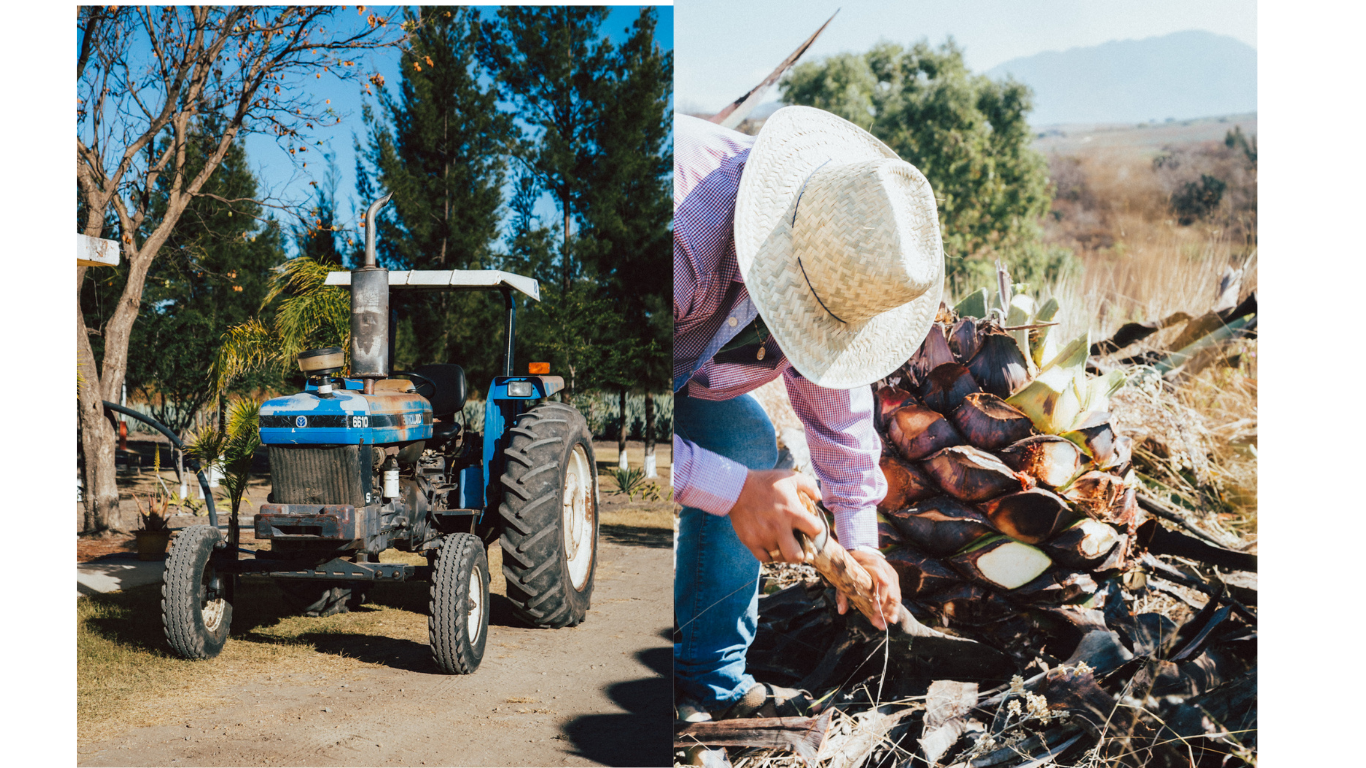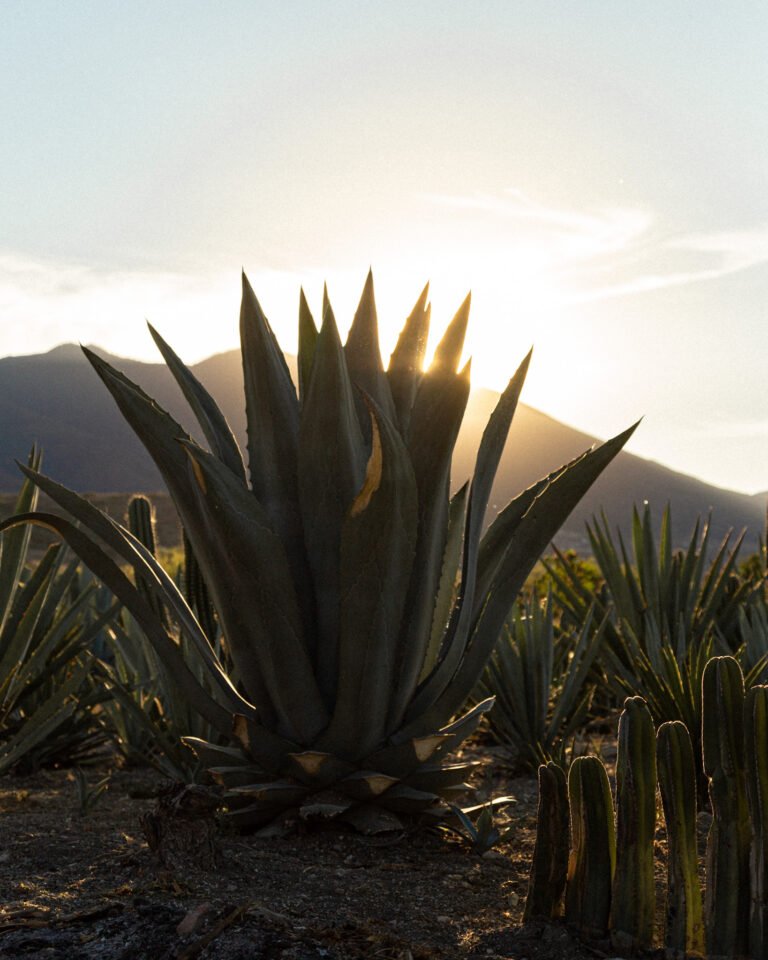
OUR
BEGINNINGS
Initial one-to-one consultation, Health & Fitness Assessments Bespoke training program planning, Custom Nutrition plan & recipes. Weekly Progress Reviews
San Dionisio Ocotepec
We have proudly propelled San Dionisio Ocotepec from humble beginnings to global recognition in the mezcal industry. Through dedication and collaboration, we have fostered its growth, empowering local artisans and positioning the city as a celebrated center of mezcal production. Together we celebrate the extraordinary journey of San Dionisio Ocotepec and its growing prominence in the world of mezcal.

THE PROCESS
OF MEZCAL
CULTIVATION AND HARVEST
The process begins with the cultivation of the maguey (popularly known as agave). Planting takes place in the Central Valley region of Oaxaca, due to its ideal climate for producing mezcal, which has short, hot, arid, and clear summers, and long, cool, and cloudy winters. The crop is naturally organic by tradition, no artificial products are ever used.
COOKING
The traditional ovens used are conical stone ovens at ground level, which are first heated with firewood, bagasse and stones. Afterwards, the agave hearts are introduced in batches of more than 50 tons and then they are covered with sacks and earth. The cooking time ranges from 72 to 96 hours by only the heat of the embers generated in the oven, reaching a temperature of up to 900 degrees Celsius.
FERMENTATION
The natural fermentation process takes 7 days at room temperature without adding any type of extra element and yeast. This process is monitored and carefully, without intervening with any movement in the mixture to avoid alteration and disruption of the microbial cycle. The process is then stopped and the mixture is chopped to initiate the entry of oxygen.
PRODUCTION
Once at the optimal age and the ideal sugar content is reached (around 7 years old), the agaves are then carefully selected by hand and cut by the “jimadores” in an artisanal way. The agave hearts or “piñas” are later divided into small cuts, to pass to the cooking stage.
GRINDING
The “Tahona” is made of green quarry stone from the Central Valley region and is loaded and distributed with the previously cooked agave. A horse then pulls the Egyptian wheel in circles so that little by little until the agave is macerated. Once the loads of agave have been thoroughly crushed, the juices and bagasse (residual solids) are collected and transported in oak wood vats with which they are filled.
DISTILLATION
Once the stills are loaded with the bagasse residues and fermented juices, the first distillation begins in a copper still, where we obtain the body of the mezcal while discarding the “head” and the “tail of the mezcal”. It then undergoes further distillation. Only after a second distillation can it be called “Mezcal”. Time, skills and tradition leads up to this point at which our liquid finds the perfect combination of aroma and subtle flavor characteristics of Guerrero Maya.

Discover the Mayan essence
Discover the unique flavors of our handcrafted Mezcal, inspired by Mayan traditions and nature.

